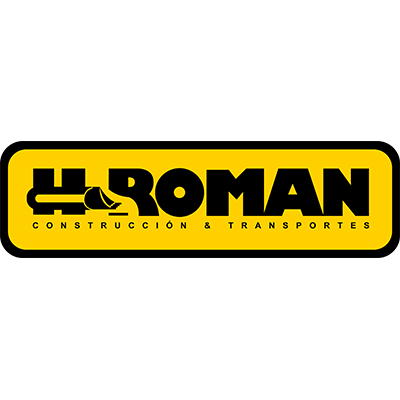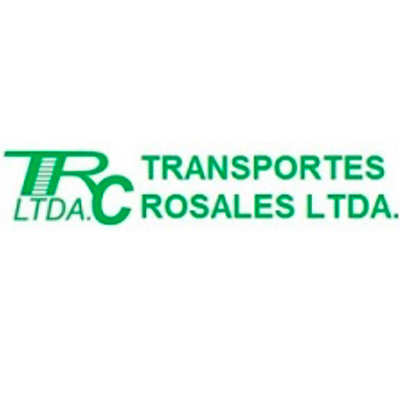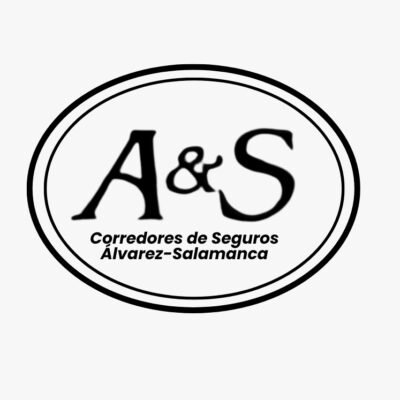Content
If the warranty is given to a customer along with a purchased item, an anticipated expense should be recognized at that time as well as the related liability. If the cost of this type of embedded warranty eventually proves to be incorrect, the correction is made when discovered. Companies also sell extended warranties, primarily as a means of increasing profits. These warranties are recorded initially as liabilities and are reclassified to revenue over the time of the obligation. Subsequent costs are expensed as incurred to align with the matching principle. Analysts often determine the average age of accounts payable to determine how quickly liabilities are being paid as an indication of an entity’s financial health.
Offset AccountOffset account is an account which is directly or indirectly related to another account. Sales taxes payable – These are taxes collected from customers for the government that need to be paid to the government. Not surprisingly, a current liability will show up on the liability side of the balance sheet. In fact, as the balance sheet is often arranged in ascending order of liquidity, the current liability section will almost inevitably appear at the very top of the liability side. These are payments made by customers in advance of the completion of their orders for goods or services. Current liabilities are a company’s debts or obligations that are due to be paid to creditors within one year.
An operating cycle, also referred to as the cash conversion cycle, is the time it takes a company to purchase inventory and convert it to cash from sales. An example of a current liability is money owed to suppliers in the form of accounts payable. Many companies incur contingent liabilities as a result of product warranties.
Meaning Of Net Current Liabilities In English
The operating cycle is the time period required for a business to acquire inventory, sell it, and convert the sale into cash. Typically, vendors provide terms of 15, 30, or 45 days for a https://accountingcoaching.online/ customer to pay, meaning the buyer receives the supplies but can pay for them at a later date. These invoices are recorded in accounts payable and act as a short-term loan from a vendor.
Section 3 discusses the recording of interest expense and interest payments as well as the amortisation of discount or premium. Section 4 describes fair value accounting for bonds, an alternative to the amortised cost approach. Section 5 discusses the repayment of principal when bonds are redeemed or reach maturity, which requires derecognition from the financial statements. Section 7 describes the financial statement presentation and disclosures about debt financings. Section 8 discusses leases, including the benefits of leasing and accounting for leases by both lessees and lessors. Section 9 introduces pension accounting and the resulting non-current liabilities.
At a minimum, total liabilities will be split out into current liabilities and long-term liabilities. Usually, both current liabilities and long-term liabilities are further split out into more detailed categories. A/P are short-term financial obligations to suppliers or creditors.
- Income taxes payable – These are taxes owed to the government that have not yet been paid.
- However, if fraud, either purposely or through gross negligence, has occurred, amounts reported in prior years are restated.
- Income taxes are required to be withheld from an employee’s salary for payment to a federal, state, or local authority .
- The company must ensure that revenue for such gift cards is not reported until an appropriate point in time.
He estimates that Ingalls will probably be liable for only 20 percent of the $1,000,000 since the Rudolph actually belongs to the mall. OK Buy places an advance order for Giis and pays Knockoff $23,000. ____ Contingent gains should only be recorded if they are probable and can be reasonably estimated.
Free Accounting Courses
If demand is high, the store would sell all of its inventory, pay back the short-term debt, and collect the difference. Accounts payable, or “A/P,” are often some of the largest current liabilities that companies face. Businesses are always ordering new products or paying vendors for services or merchandise. For all three ratios, a higher ratio denotes a larger amount of liquidity and therefore an enhanced ability for a business to meet its short-term obligations. This is current assets minus inventory, divided by current liabilities.
For example, assume that each time a shoe store sells a $50 pair of shoes, it will charge the customer a sales tax of 8% of the sales price. The $4 sales tax is a current liability until distributed within the company’s operating period to the government authority collecting sales tax. An invoice from the supplier (such as the one shown in Figure 12.2) detailing the purchase, credit terms, invoice date, and shipping arrangements will suffice for this contractual relationship. In many cases, accounts payable agreements do not include interest payments, unlike notes payable. Proper reporting of current liabilities helps decision-makers understand a company’s burn rate and how much cash is needed for the company to meet its short-term and long-term cash obligations.
Understanding Current Liabilities
When he successfully performs said service, he then recognizes revenue. A promissory note is a written promise that one party will pay another a certain amount at a certain date/s. Another example, Layla purchases $5,000 of goods from Clint on credit.
A liability occurs when a company has undergone a transaction that has generated an expectation for a future outflow of cash or other economic resources. The treatment of current liabilities for each company can vary based on the sector or industry.
Examples Of Current Liabilities In A Sentence
Marketable securities are liquid financial instruments that can be quickly converted into cash at a reasonable price.
Unlike the previous current liabilities, unearned revenue isn’t typically paid with cash. This way, the business can have enough current assets to pay off all current liabilities while still having some more in case of emergencies.
Working Capital
The proper classification of liabilities provides useful information to investors and other users of the financial statements. It may be regarded as essential for allowing outsiders to consider a true picture of an organization’s fiscal health. Bank account overdrafts – These are short term advances made by the bank for overdrafts. Consumer deposits show the amount that clients have deposited in a bank. That’s because, theoretically, all of the account holders could withdraw all of their funds at the same time.
Once the company pays the vendor the debt owe, it reflects in its balance sheet, as the accounts payable is debited. Current liabilities as recorded on the balance sheet are accounts payable, short-term debts, accrued liabilities, and other similar debts. Finally, debt payments are broken into short-term notes payable and the current portion of long-term debt.
Notes and loans payable for Colgate are $13 million and $4 million in 2016 and 2015, respectively. Rental payments – These are paid for renting buildings, land, pastures, or other property or structures. Interest payable – This is interest owed to lenders that has not been paid.
But it will vary depending on what current liabilities the business has. Lastly, we will be doing exercises to deepen our understanding of the “current liabilities formula”. It’s important for a business to know how many current liabilities it has. Retailers like Walmart, Costco, and Tesco maintain minimal working capital since they can negotiate longer credit periods with suppliers but can afford to offer little credit to customers. It includes bills of exchange, delivery order, promissory note, customer receipt, etc. Payroll taxes payable – This is taxes withheld from employees or taxes related to employee compensation.
- For example, as happens in many countries, taxes are levied on citizens and/or companies, and a firm may be required to collect tax on behalf of the taxing agency.
- Companies are required to disclose the fair value of financial liabilities, including debt.
- Notes payable are the total promissory notes that a company has issued but not yet paid.
- As we note from above, Costco’s Current Ratio is 0.99, Walmart’s Current ratio is 0.76, and that of Tesco is 0.714.
- The reported interest expense on bonds is based on the effective interest rate.
- A number higher than one is ideal for both the current and quick ratios since it demonstrates there are more current assets to pay current short-term debts.
The liability is subsequently reduced using the effective interest method and the right-of-use asset is amortized. Interest expense and amortization expense are shown separately on the income Current Liabilities statement. Again these come under current liability because of their nature of being a short-term financial obligation. These notes payable might be interest bearing or non-interest bearing.
Current Portion Of Long Term Debt
The revenue is not earned until the earning process is substantially complete in the future. Thus, the $50 received for the extended warranty is initially recorded as “unearned revenue.” This balance is a liability because the company owes a specified service to the customer. As indicated previously, liabilities do not always represent future cash payments. As the name suggests, the company needs to pay the creditors in the short term.
Unearned revenue is listed as a current liability because it’s a type of debt owed to the customer. Once the service or product has been provided, the unearned revenue gets recorded as revenue on the income statement.
An obligation established by the sale of a product where the seller promises to fix or replace the product if it proves to be defective. Explain the difference between an embedded and an extended product warranty. Following is a continuation of our interview with Robert A. Vallejo, partner with the accounting firm PricewaterhouseCoopers. Identify the criteria that establish the reporting of a contingent loss. Acquisition and receipt of these goods is the past event that creates the obligation. The carrying amount of bonds is typically the amortised historical cost, which can differ from their fair value. Member firms of the KPMG network of independent firms are affiliated with KPMG International.














